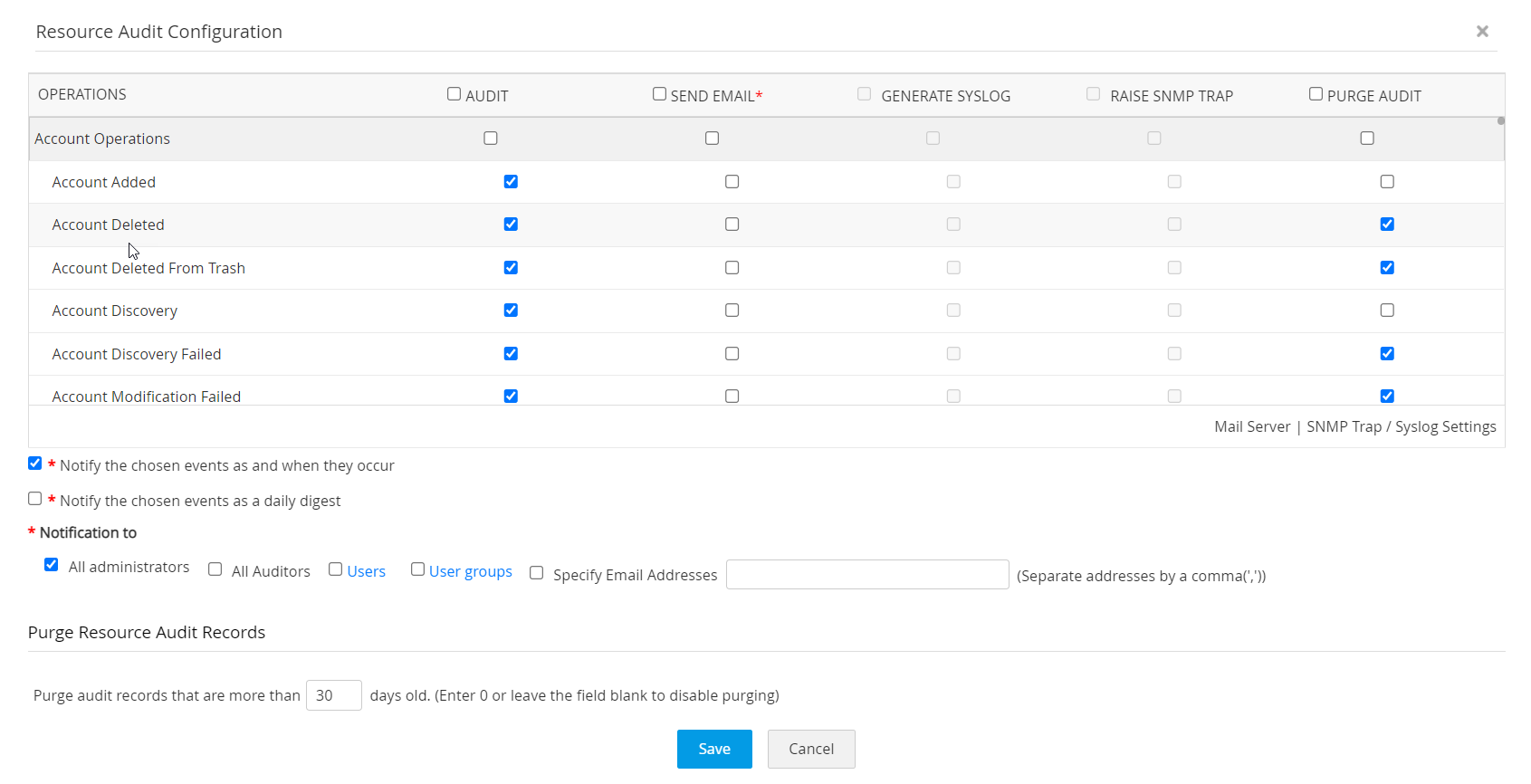

See About Password Complexity Verification for more information. You can further customize the complexity of your users' passwords. You must manually enable password complexity checking.

In a default installation, Oracle Database provides the ora12c_verify_function and ora12c_strong_verify_function password verification functions to ensure that new or changed passwords are sufficiently complex to prevent intruders who try to break into the system by guessing passwords. For this reason, you should have Advanced Security Option native network encryption enabled or configure Secure Sockets Layer (SSL) encryption However, a password that is specified within a SQL statement (such as CREATE USER user_name IDENTIFIED BY password ) is still transmitted across the network in clear text in the network trace files. Oracle Database automatically and transparently encrypts passwords during network (client-to-server and server-to-server) connections, using Advanced Encryption Standard (AES) before sending them across the network. These password protections are as follows: Oracle Database provides built-in password protections designed to protect user passwords. Authorization is described in Configuring Privilege and Role Authorization. Oracle Database also encrypts passwords during transmission to ensure the security of network authentication.Īfter authentication, authorization processes can allow or limit the levels of access and action permitted to that entity. Oracle Database requires special authentication procedures for database administrators, because they perform special database operations. For simplicity, the same authentication method is generally used for all database users, but Oracle Database allows a single database instance to use any or all methods.

You can authenticate both database and nondatabase users for an Oracle database. After authentication, authorization processes can allow or limit the levels of access and action permitted to that entity. Authentication also enables accountability by making it possible to link access and actions to specific identities. Validating this identity establishes a trust relationship for further interactions. Authentication means verifying the identity of a user, device, or other entity who wants to use data, resources, or applications.


 0 kommentar(er)
0 kommentar(er)
